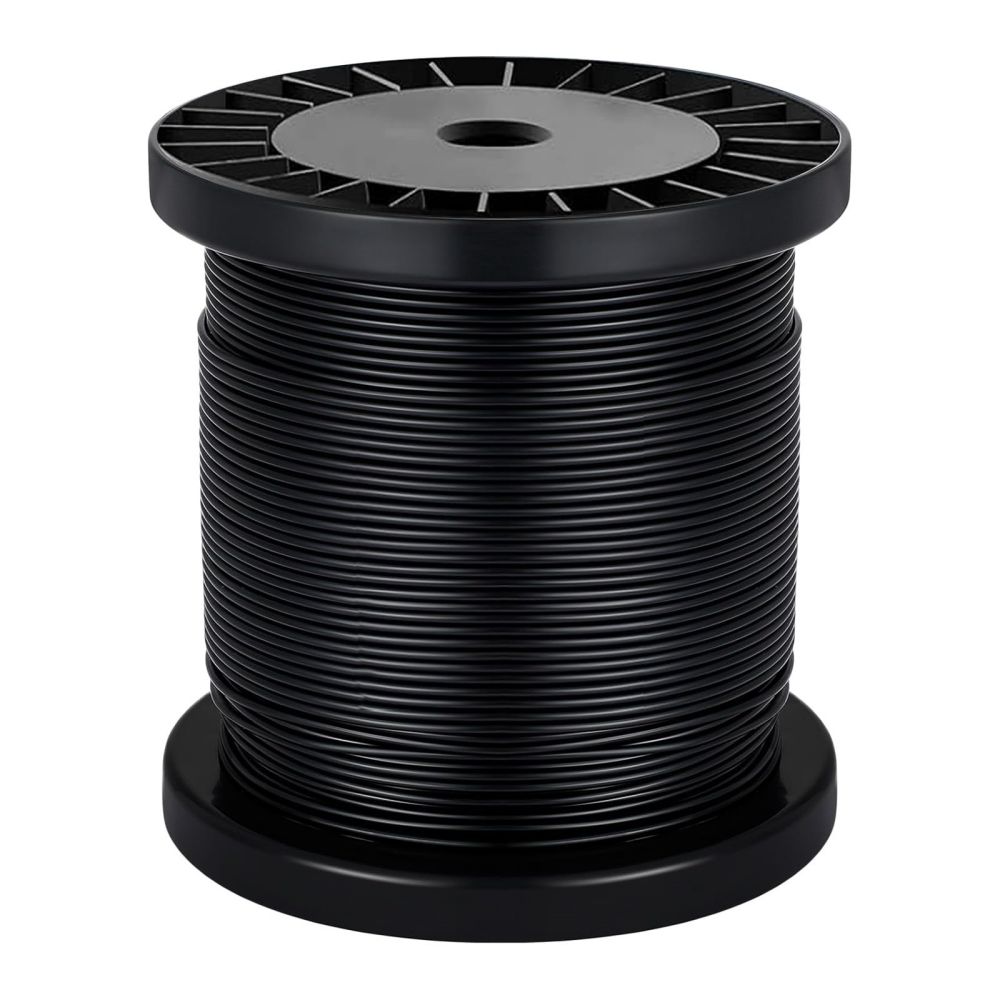
Stainless wire ropes are vital for their strength and corrosion resistance. Blogs offer insights for professionals and DIY enthusiasts on their uses and benefits. Here’s what you can typically expect to find in these blogs:
Applying a Protective Coating:
Coat the surface with anti-rust oil, wax, or varnish to create a barrier against moisture and air.
Drying Promptly:
Dry the galvanized wire as soon as it contacts water to maintain a dry surface and prevent rust formation.
Electrochemical Protection:
Use a cathodic protection system by connecting a more reactive metal as the anode and the galvanized wire as the cathode.
Improving the Storage Environment:
Store the galvanized wire in a dry, well-ventilated place to minimize moisture exposure.
Regular Inspection and Maintenance:
Regularly inspect the surface for rust and address any signs promptly by reapplying protective measures.
Various methods can be used to coat galvanized wire with a protective layer:
Painting with Anti-Rust Oil:
Application: Select appropriate anti-rust oil and use a brush to apply it evenly on the surface.
Preparation: Ensure the surface is clean, dry, and free of grease and impurities before painting.
Dip Coating with Protective Wax:
Immersion: Immerse the galvanized wire in molten protective wax to coat the surface evenly.
Cooling: Allow the wax layer to cool and solidify, providing a protective barrier.
Spray Coating with Varnish:
Spray Gun: Use a spray gun to apply varnish evenly on the surface.
Control: Maintain proper distance and speed during spraying to achieve an even coating.
Smearing with Grease:
Anti-Rust Grease: Apply grease with anti-rust properties, such as petroleum jelly, using a clean cloth or brush to the surface.
Surface Preparation:
Cleaning: Thoroughly remove dust, grease, rust, and other contaminants from the surface before applying any protective coating.
Thickness of the Protective Layer:
Adequate Protection: Ensure the protective layer is thick enough to provide sufficient protection but not so thick that it affects the performance of the galvanized wire.
Selection of Protective Materials:
Reliability: Choose reliable protective materials and follow product instructions to ensure proper application and maximum effectiveness.
Accurate Measurements: Ensure cables fit correctly and maintain the right tension.
Select Appropriate Components: Choose the right end stops, tensioners, and post protectors for your specific application.
Follow Manufacturer Guidelines: Adhere to installation and maintenance instructions for system longevity and safety.
Cable railing systems are ideal for those seeking a modern, unobtrusive fall protection solution. By understanding the system’s mechanics and carefully planning the installation, you can achieve a durable, aesthetically pleasing result suitable for both residential and commercial applications.
Stainless wire ropes are vital for their strength and corrosion resistance. Blogs offer insights for professionals and DIY enthusiasts on their uses and benefits. Here’s what you can typically expect to find in these blogs: